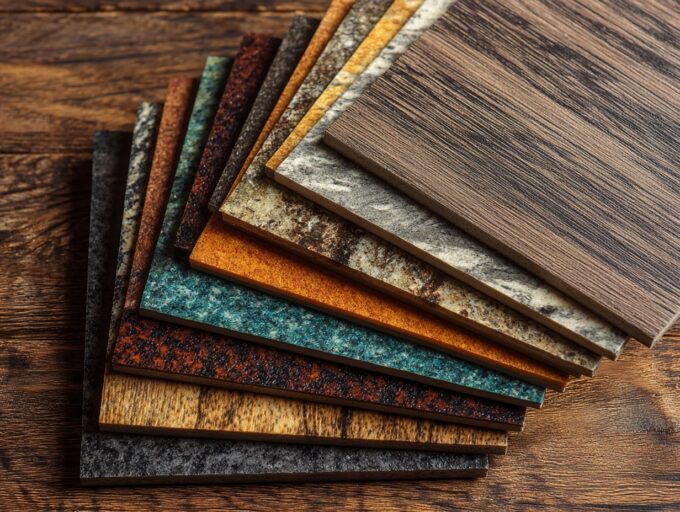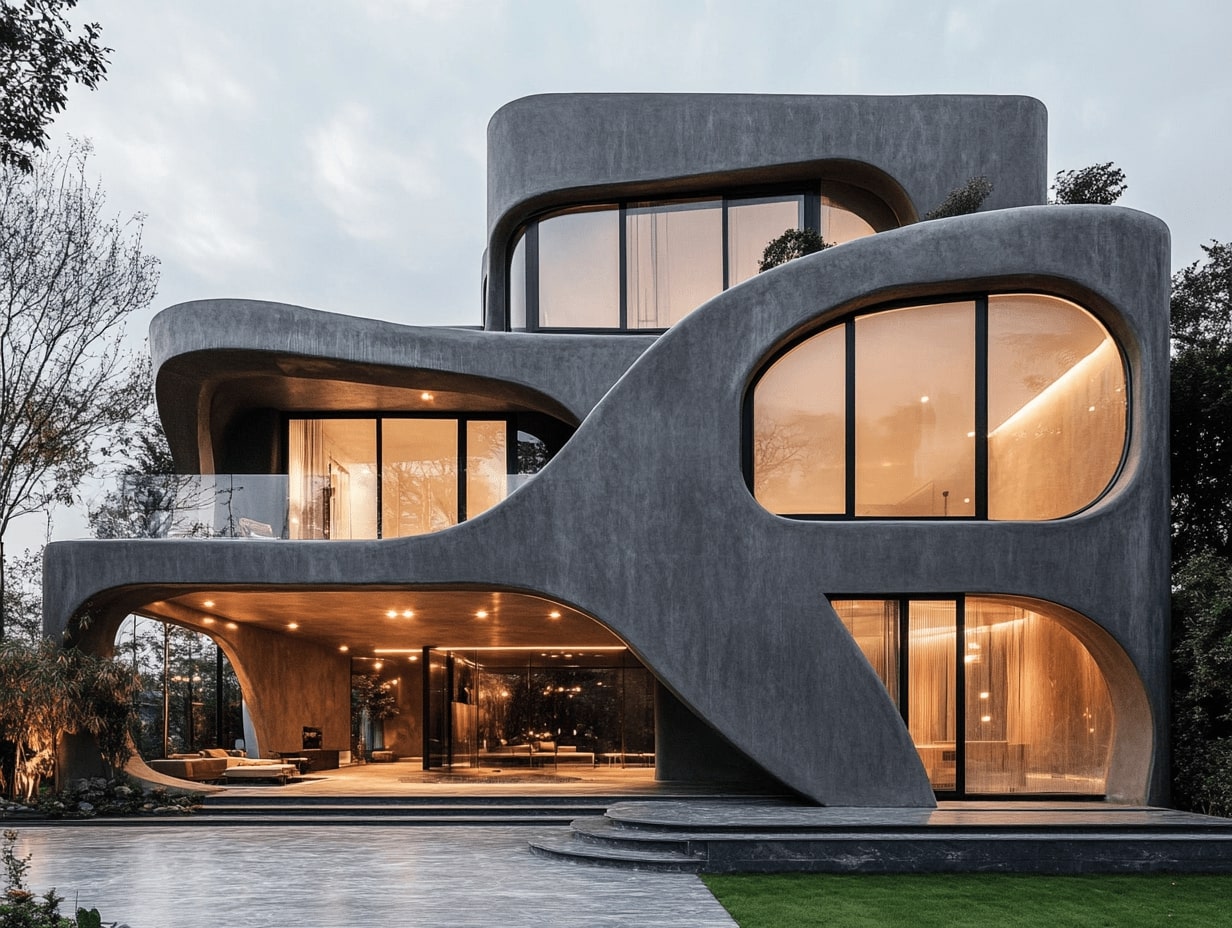- Home
- Articles
- Architectural Portfolio
- Architectral Presentation
- Inspirational Stories
- Architecture News
- Visualization
- BIM Industry
- Facade Design
- Parametric Design
- Career
- Landscape Architecture
- Construction
- Artificial Intelligence
- Sketching
- Design Softwares
- Diagrams
- Writing
- Architectural Tips
- Sustainability
- Courses
- Concept
- Technology
- History & Heritage
- Future of Architecture
- Guides & How-To
- Art & Culture
- Projects
- Interior Design
- Competitions
- Jobs
- Store
- Tools
- More
- Home
- Articles
- Architectural Portfolio
- Architectral Presentation
- Inspirational Stories
- Architecture News
- Visualization
- BIM Industry
- Facade Design
- Parametric Design
- Career
- Landscape Architecture
- Construction
- Artificial Intelligence
- Sketching
- Design Softwares
- Diagrams
- Writing
- Architectural Tips
- Sustainability
- Courses
- Concept
- Technology
- History & Heritage
- Future of Architecture
- Guides & How-To
- Art & Culture
- Projects
- Interior Design
- Competitions
- Jobs
- Store
- Tools
- More
Essential Tips and Strategies for Interior Architecture Students

Dive into the captivating world of interior architecture, where creativity meets functionality, and aesthetics dance with practicality. As we explore this dynamic field, we’ll unveil the essence of a four-year professional program that’s not just about designing spaces, but about understanding the intricate dance between humans and their environment!
Table of Contents
TogglePreparing for Interior Design School
Start Thinking Like a Designer
Embarking on a career as an interior designer involves more than appreciating aesthetics and having an eye for design. It necessitates developing a designer’s mindset early on. This includes exploring styles and trends outside of personal preferences, and seeking inspiration from diverse sources such as different cultures, periods, and design philosophies. For example, a modernist designer could gain exciting insights from exploring traditional or retro design elements.
Embrace a Well-Rounded Education
While enhancing design skills is central to working as an interior designer, grasping a holistic education is equally, if not more, significant. The education that an interior design school provides should not limit itself to aesthetics alone but must also delve into understanding the social sciences, the environmental and physical health impacts of design elements, and the historical evolution of design styles. Such a comprehensive perspective can enable a well-rounded skillset in designers.
Learn Computational Design Tools (CAD)
In today’s digital age, proficiency in computational design tools such as CAD (Computer Aided Design) is crucial. Familiarizing oneself with popular software like AutoCAD could be beneficial even before commencing school. These tools are indispensable in interior design, enhancing the ability to render, model, and visualize design ideas effectively.
Selecting the Right School
Choosing the right school is key towards achieving your career aspirations in interior design. A program that matches your personality and caters to your career goals is worth seeking. Look for schools that promote a balance of creativity, technical skills and above all, are accredited by esteemed bodies, such as the Council for Interior Design Accreditation (CIDA). A strong foundation at a reputable school is indeed a stepping stone to a fruitful career in interior design.

Role of Personal Responsibility in Your Education
As you embark on a journey to learn interior architecture, personal responsibility becomes crucial. It’s not just about digesting facts or embracing technical know-how; it’s about taking charge of your education—drawing from lectures, experiences, assignments and channeling them into your personal and professional growth.
Here are some aspects where demonstrating personal responsibility significantly contributes to your success.:
- Developing a Strong Work Ethic: In interior architecture, deadlines dominate, precision matters, and surprise issues crop up. Establishing a diligent work ethic, handling stress gracefully, and maintaining meticulous attention to detail paves the way for success.
- Embracing Proactiveness: Rather than merely following course content, delve deeper. Research materials, techniques, and trends independently. Attend design events, participate in competitions, seek freelance projects.
- Cultivating Resilience: Your designs won’t always meet the mark, errors may occur, and criticisms may be harsh. Resilience helps in navigating these hiccups and leveraging them for improvement.
- Practicing Ethical Design: Interior architects play a pivotal role in shaping habitable environments. Upholding ethical principles, sustainability guidelines, and social responsibility norms reflect your commitment to the profession and society.
- Building Professional Competence: Knowledge of building codes, accessibility standards, and safety regulations helps. Strive to strike a balance between aesthetic appeal and structural integrity.
- Maintaining Lifelong Learning: Interior architecture involves continuous learning. New materials emerge, building standards evolve, and design trends shift. Keeping abreast with innovations, industry updates, and technologies is essential.
Remember, the learning process in interior architecture isn’t limited to classrooms or textbooks. It’s a dynamic, hands-on profession. As you take personal responsibility for your education, you build the groundwork for a rewarding career in interior architecture.

Embracing Failure as a Learning Tool
Frequently in the world of interior architecture, trial and error serve as fundamental components of the creative process. Mistakes often provide invaluable lessons, bestowing unique insights into the nuances of design that textbooks can’t always convey.
One primary aspect of learning, notably in a creative field like interior architecture, relies on problem-solving. Projects might not always unfold as expected; layouts can end up less striking than intended, and design elements could fail to harmonize within the given space. Yet, it’s these unexpected challenges that not only test but ultimately shore up our problem-solving skills. For instance, rather than viewing a failed room layout as a mistake, consider it an opportunity to delve deeper into spatial design principles and innovate better solutions.
Moreover, grappling with such challenges across the course of a four-year degree in interior architecture aids in honing practical skills. With a curriculum rich in design, history, and physical sciences, students are encouraged to adopt a multi-disciplinary approach towards interior design. Imminent challenges, therefore, become conduits for cross-discipline integration, bolstering the educational journey.
CAD software, like AutoCAD, frequently plays an instrumental role in materializing design ideas, with the potential for technical hitches along the blending of aesthetics and functionality. Embrace these hitches, see them as gateways to deeper designing capabilities.
Finally, internships offer a near-perfect setting for embracing the learning potential of failure. Real-world experiences invariably involve working through setbacks, learning from colleagues, and understanding the divergence between theoretical knowledge and industry practice. Remember, every mistake made is a step towards professional expertise.
In essence, fostering an open-minded approach, accepting failure as integral to personal development, and maintaining an undeterred resolve towards betterment transform a student’s journey in interior architecture into an enriching voyage of learning.

Practice: Sketch, Sketch, and Sketch Some More
One clearer pathway to success in interior architecture involves mastering the art of sketching. This essential skill, often feared by many students, plays a vital role in design-related careers. Employers in the industry view sketching prowess as a key factor in hiring decisions and may offer better compensation for such talents.
Sketching empowers designers to communicate their ideas effectively. It provides a unique platform to visualize, plan, and enhance their designs. That being said, sketching expertise doesn’t come overnight. It requires regular practice, curiosity, and the determination to improve.
So, what’s the recommended approach for this daily routine? Carry a small sketchbook and a chosen sketching tool, be it a pen, pencil, or marker, at all times. Figure out a convenient sketching routine that suits your daily schedule. Instead of succumbing to the digital distractions of social media feeds, utilize these precious minutes to practice sketching. This could be while waiting for an appointment, during a coffee break, or whenever there’s downtime in the day.
Transform these instances into drawing ventures. This practice allows for seeing the world around us in a new perspective. Adopt a thorough observation approach to understand and sketch the surroundings.
While some may shy away from sketching in public due to fear of judgment, this concern is unfounded. Remember, improving skills requires room for error. Each sketch, regardless of its perfectness, contributes to the process of learning and refining this craft.
Practice makes perfect. Embracing a sketching routine enhances sketching skills over time, paving the way for effective visual communication within the field of interior architecture. Trial and error form a crucial part of this journey. So, pick up that sketchpad and start exploring the world of sketching, one sketch at a time.

Picking an Area of Focus
Exploring Specializations in Interior Architecture
In interior architecture, versatility matters; that’s why mastering a broad skillset is essential. Taking required courses, spanning different topics, cultivates a well-rounded perspective, making a designer attractive to various firms.
But, standing out amidst a sea of design graduates is about more than just breadth—it’s about depth, too. Want to differentiate yourself? Homing in on a specialization is key. Selecting an area for in-depth exploration is a strategic move. Obtaining specialized knowledge and applying it across your projects enhances your portfolio’s distinctive appeal.
Dive deep into an area you’re passionate about. Be it furniture design or textile creation, leverage the knowledge gained from elective courses in specific subjects within your broader design projects. For instance, if you’ve learned about futuristic furniture design, design custom, innovative furniture for your interior design studio projects. This cross-application enriches your practical understanding, offering a unique advantage.
Each specialty contributes to interior design in its unique way. For example, a background in textiles could lend to specific expertise in selecting functional, appealing fabric-based design elements. Likewise, a specialization in furniture design offers precision in crafting custom pieces.
In interior architecture, exploring specializations offers a dual advantage. It empowers you to stand out, adding a distinct flavor to your design repertoire, while enhancing overall competency through the application of specialized knowledge across projects. By striking a balance between a broad base and a specialized focus, you’re prepared to offer the unique blend of skills that employers find attractive.
Benefit of Electives in Enhancing Specialized Skill Set
Empowering yourself with a specialized skill set doesn’t mean limiting your perspective. On the contrary, it offers a focused yet adaptable approach. Electives play a crucial role in achieving this balance.
These courses facilitate a deep dive into selected areas, simultaneously broadening your horizons. Delving into chosen topics with elective courses equips you with the tools to integrate this specialized knowledge within your main projects. This intentional application of learning refines your projects, making them more nuanced and layered.
Balance between Broad-Based Learning and Selected Focus
Creating a balance between a broad skill set and specialized insight offers flexibility. Having a broad base of knowledge allows versatility—an essential aspect of any creative profession. Yet, a specialized focus can differentiate you among others, offering unique value.
Finding the right blend is about integrating these skills—applying specialized knowledge across broader concepts.

Lifelong Learning in Interior Design
Interior design, like many other professions, requires continuous learning and development. Advancements in technology, changes in regulations, evolving tastes, and new design methodologies necessitate that professionals in this field stay updated.
Continuous Professional Development in Interior Design
Continuous professional development refers to the process of tracking and documenting the knowledge, skills, and experience that you gain both formally and informally. In interior design, this concept is crucial for several reasons.
- Keep up with Industry Changes: Interior design trends evolve over time, driven by changes in lifestyle, culture, technology, and client demands. For instance, the increased focus on sustainable design practices, necessitates designers who’re versed in eco-friendly materials and energy-efficient designs.
- Enhance Skills and Knowledge: Regular professional development sessions aid designers in honing their technical skills – such as 3D modeling, drafting, and color theory – while also expanding their knowledge of topics like building regulations and furniture styles.
- Increase Professional Worth: Undertaking regular professional development can enhance a designer’s marketability. It demonstrates initiative, professionalism, and a commitment to the discipline, which are traits valued highly by employers and clients alike.
Achieving continuous professional development in interior design can be gained through various ways, such as attending industry conferences, undertaking online courses, participating in hands-on workshops, or even reading up on latest design publications. Efforts should be tailored according to the designers’ individual needs, career goals, and the specifics of their specialization.
In essence, continuous professional development helps interior designers to maintain a competitive edge, improve their service quality, and ensure their skills remain relevant in an ever-changing industry. By committing to lifelong learning, interior designers not only enhance their career prospects but also contribute positively to the evolution of the interior design industry.
Mastering Essential Interior Design Skills
In the pursuit of refining your interior architecture skills, attention towards some essential abilities remains crucial. Among these, spatial awareness stands paramount. It’s not just about visualizing a room layout, but also about strategically placing each furniture piece and decoration. With spatial awareness, you’re better able to give environments a sense of cohesiveness, enhancing functionality and aesthetics.
Next, a firm grasp of colors and their influences proves invaluable. Colors are far from mere aesthetic choices, as they heavily influence the mood and atmosphere of any space. For instance, blues evoke calmness and green is associated with creative thinking.
Additionally, cultivating a keen eye for details sets apart a good designer from the best. An insightful look at intricate details, like texture, pattern, and lighting, contributes to the overall impact of the space. For example, a careful balance of natural and artificial lighting can drastically alter the feel of a room.
Understanding the principles of Sustainable Design too holds immense importance. With growing environmental concerns, designers are incorporating sustainability into their work more than ever. Therefore, it becomes imperative to come up with efficient and eco-friendly designs incorporating materials like bamboo, recycled glass, and other sustainable elements.
Moreover, acquiring strong Project Management skills makes an impact. Running a design project involves deadlines, budgets, and client demands. Efficient project management ensures smoother operations, fewer headaches, and satisfied clients.
Finally, communication spells the difference between a realized design and a beautiful idea that never comes to life. With effective communication, you can convey your ideas to clients and team members more efficiently, making the conversion from idea to reality more seamless.
These are just a few of the many skills we recommend honing for a successful career in interior architecture. By steadily mastering them, one can rise above the competition, impress clients, and create truly compelling designs.
Remember, an interior architecture degree doesn’t restrict you to a specific field. Its flexible nature enables you to branch into various sub-fields if you want to explore different aspects of design.
Submit your architectural projects
Follow these steps for submission your project. Submission FormLatest Posts
Understanding Section Drawings in Architecture: A Practical Guide
Learn section drawings in architecture: what they are, types, symbols, lineweights, and...
Understanding the Architecture Design Process: Key Stages, Tools, and Future Trends
Explore the intricate architecture design process, where creativity meets functionality to craft...
Discover How to Find Architectural Inspiration: Tips for Creative Design
Discover how to ignite your architectural creativity by drawing inspiration from your...
5 Essential Principles of Architecture Design for Lasting Impact
Discover the five essential principles of architectural design that transform mere structures...












Leave a comment